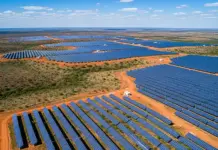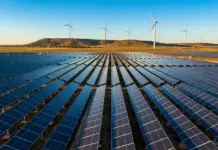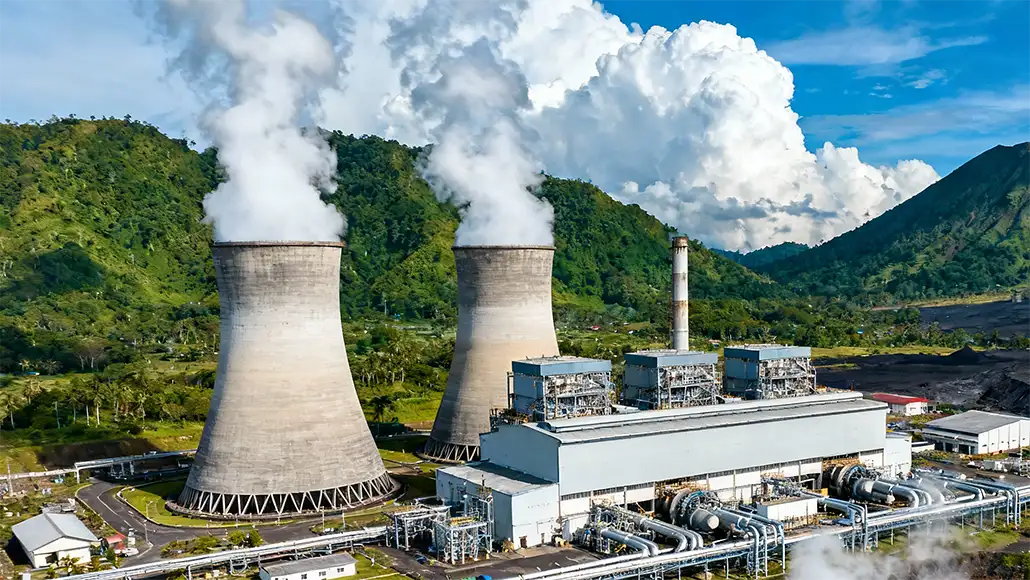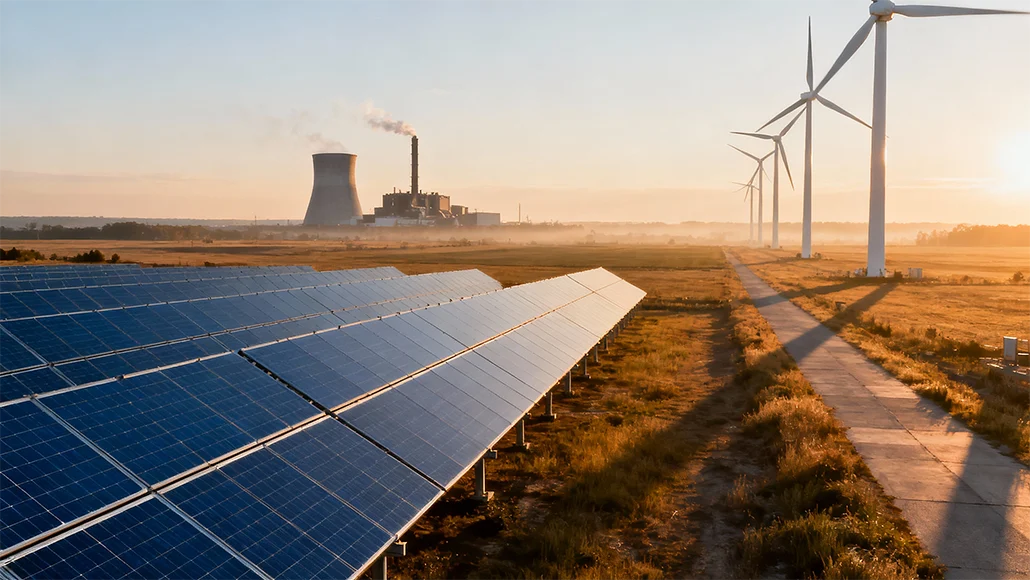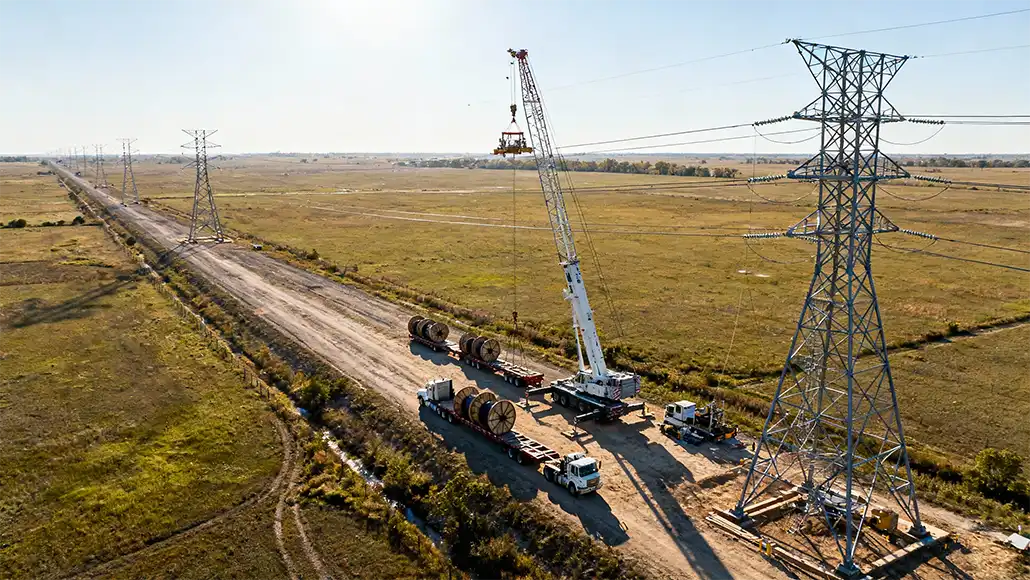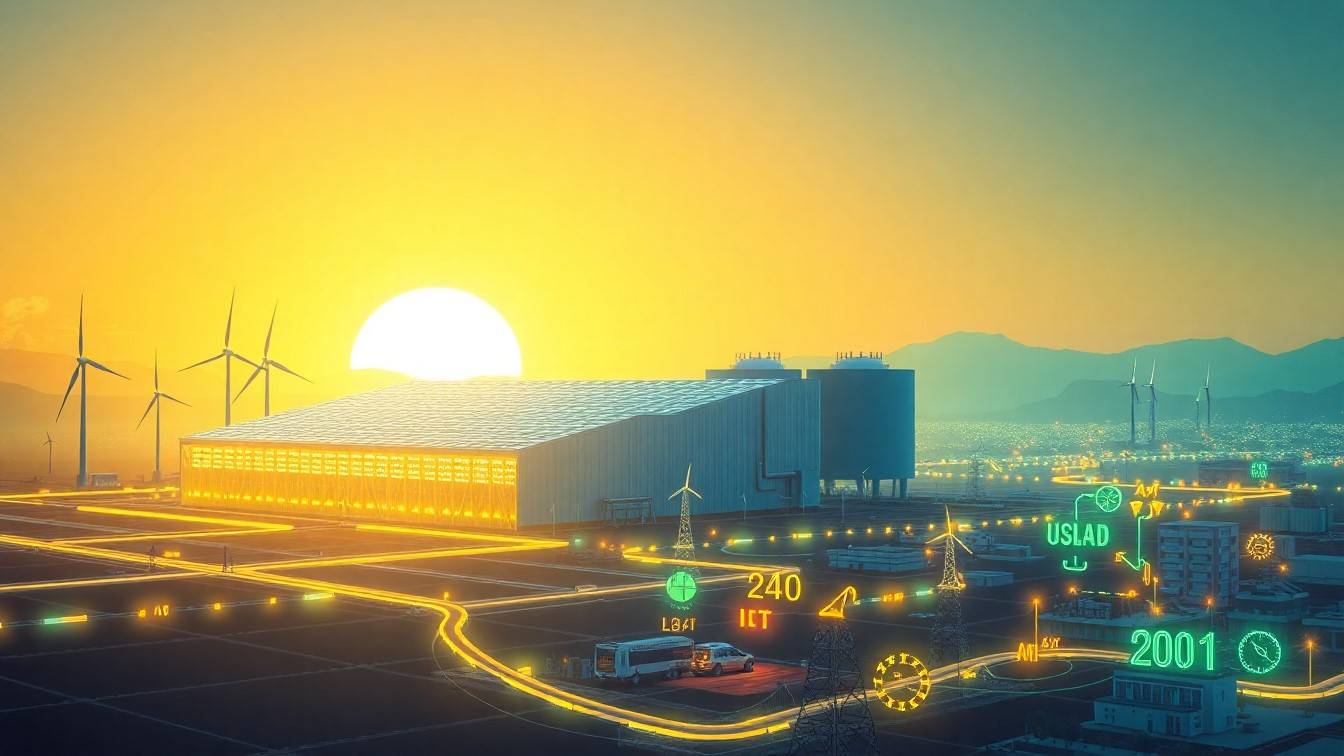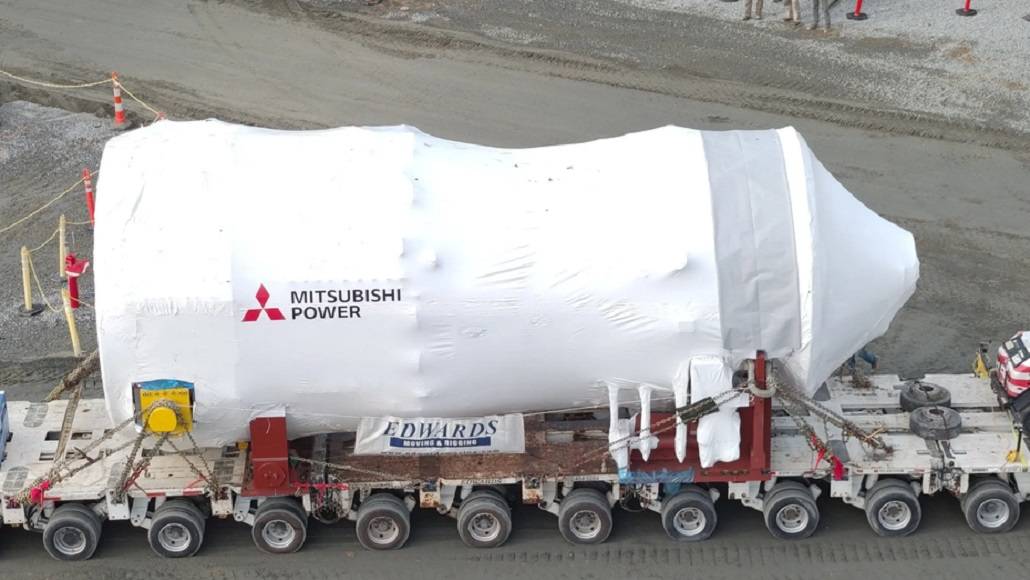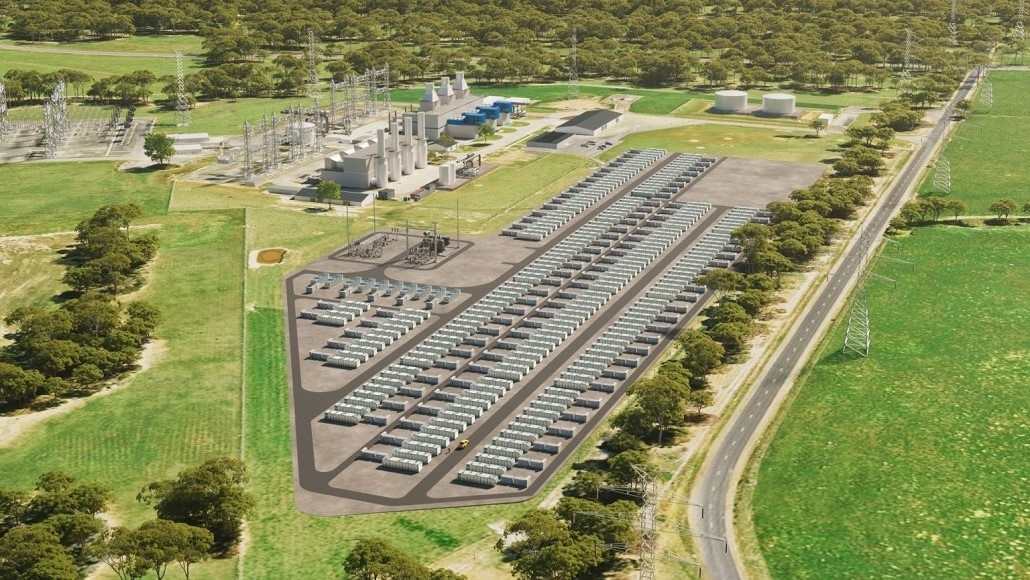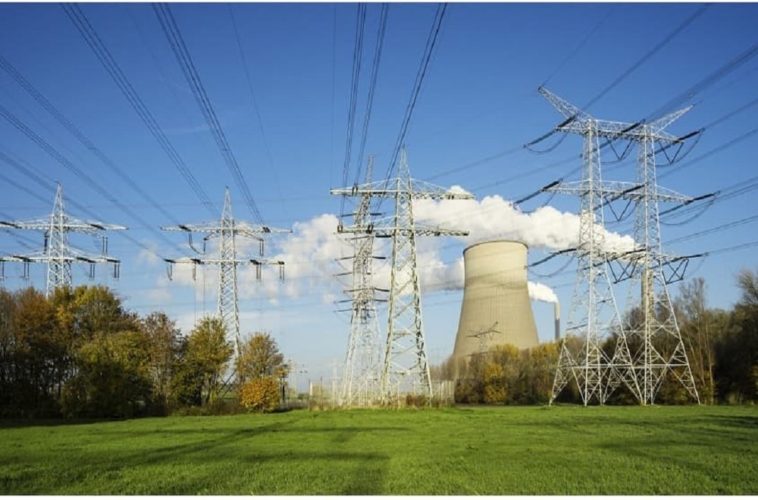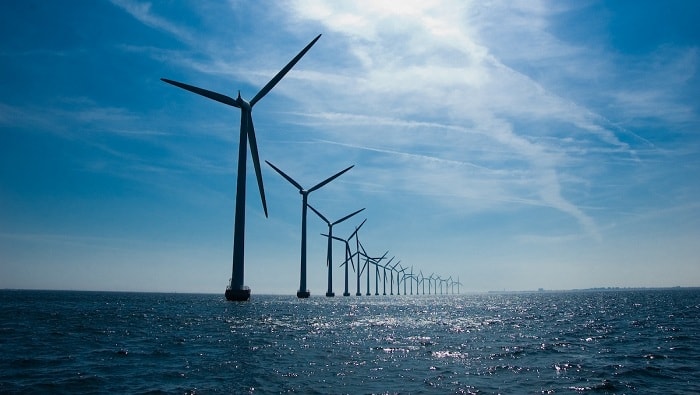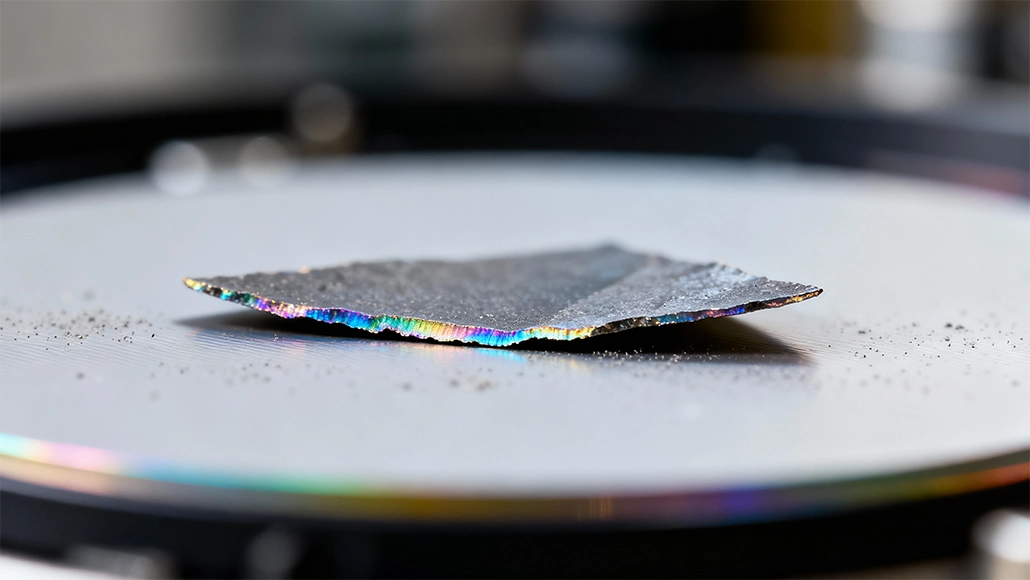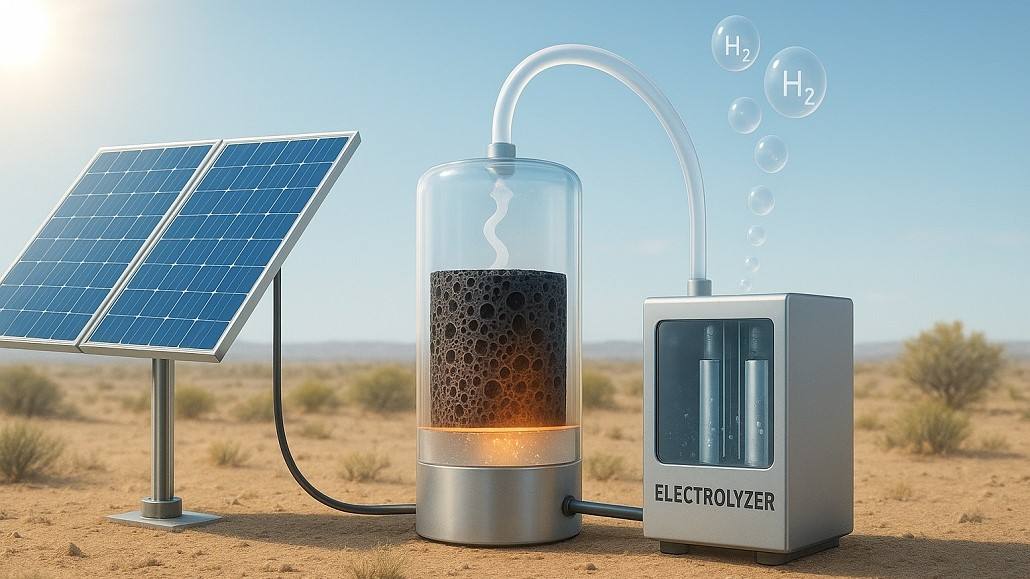A team that is led by Prof. YIN Huajie from the Hefei Institute of Physical Science of the Chinese Academy of Sciences has gone on to develop a solar-powered system that goes on to produce 300 mL green hydrogen from air moisture without depending on any external water or sources of energy.
The results have been published in Advanced Materials.
Proton Exchange Membrane Water Electrolysis – PEMWE technology happens to be one of the primary routes in terms of producing green hydrogen, drawing quite a major attention because of its high efficiency as well as high-purity hydrogen output. But the PEMWE process depends quite heavily on high-purity water when it comes to the reaction raw material, therefore limiting its application within the water-scarce regions.
Atmospheric Water Harvesting (AWH), which is an emerging approach so as to obtain pure water, happens to hold a lot of promise as a viable solution to the water shortage challenge when it comes to the production of green hydrogen.
In this study, the researchers went ahead and came up with a self-sustaining system that teams photothermal atmospheric water harvesting with the proton exchange membrane electrolysis.
The system makes use of the hierarchically porous carbon like an adsorbent in order to capture the moisture from the air, which is then evaporated by solar heat and thereafter fed into a custom-built electrolyzer so as to produce hydrogen. The porous material is then fabricated by way of template synthesis as well as calcination, followed by the surface oxidation to go ahead and enhance the water affinity.
It goes on to demonstrate quite a remarkable performance, and that too under low humidity conditions, which are as low as 20%, as it maintains stable water collection along with evaporation performance. Under 40% humidity, the system, apparently, went on to reach a hydrogen production rate of almost 300 mL green hydrogen from air moisture per hour with exceptional cycle stability along with long-term dependability.
It is worth noting that the field tests further confirmed that it can consistently produce green hydrogen through making use of only solar energy, with zero carbon emissions and no external energy input needed.
Interestingly, this work offers a new pathway when it comes to sustainable hydrogen production throughout the water-scarce regions, as per the team.
Apparently, the research has got its support from the National Natural Science Foundation of China and Hefei Science Center’s Collaborative Innovation Program.




